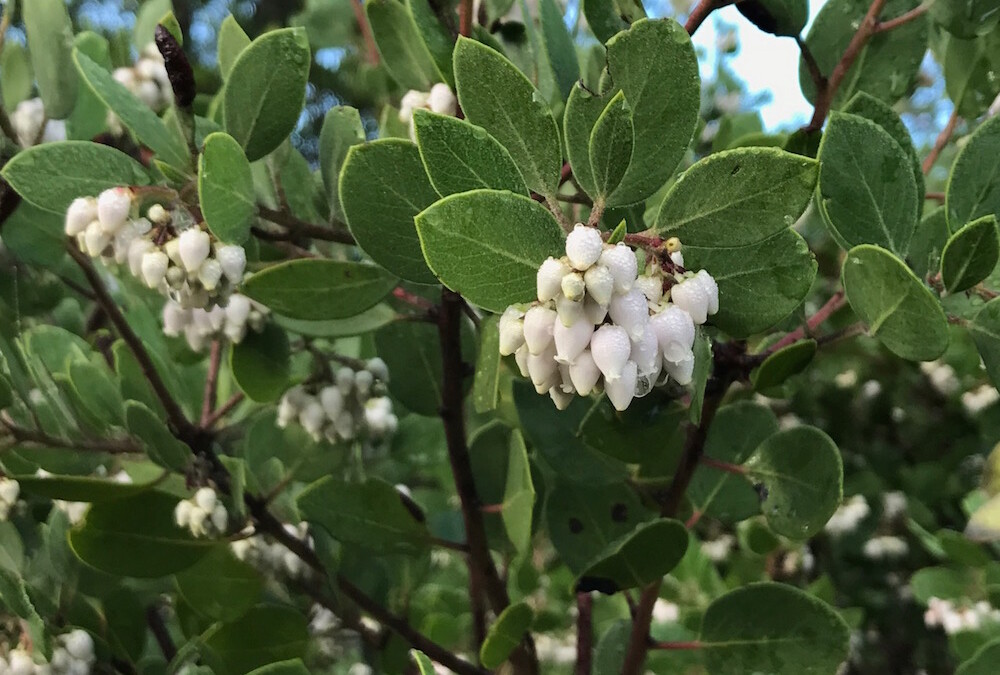The new year is off to a glorious start in Sonoma Valley as storm after storm cycles through. And while the rain falls outside, we’re busy making plans for 2019, looking for new and better ways to achieve and sustain ecological health in this beautiful place we call home.
One thing we’ve learned after 28 years of doing this – and living through transformative events like the fires of late 2017 – is that a systemic, rather than piecemeal, strategy is needed to affect real change. That’s why, for example, we’re pushing for post-fire rebuilds in Sonoma Valley to be fire smart, water wise and wildlife friendly, making drought-tolerant and fire-adapted native landscapes the norm throughout our Valley and County. We’ll continue to help property owners and land managers achieve these goals through advocacy, workshops, on-site visits and educational tools such as this handy brochure (pdf). The more people follow these guidelines, the safer, greener and more beautiful our communities will be.
We’re expanding our offerings of hands-on science education throughout Sonoma Valley, teaching fire ecology to grade schoolers, holding more California Naturalist courses for adults, and enhancing our hugely successful Senderos Naturales program with regular hikes and much more, thereby Increasing community access to open space and the wonders of nature.
Our Restoration and Research teams will continue their specialized fieldwork in 2019 with a focus on erosion control near streams (burned hillsides are more likely to give way in heavy rains) and analysis of Sonoma Valley’s environment and climate response, helping local leaders and average residents make informed decisions. Our commitment to the Valley’s health extends especially to its waterways – and that is why this year’s 50th anniversary of Sugarloaf Ridge State Park, which we manage and which is home to the headwaters of Sonoma Creek, is especially meaningful to us.
In perhaps our most systemic initiative of all, Sustainable Sonoma – established to find cross-sector solutions to systemic local problems – will be focusing its attention on housing affordability following a Valley-wide survey finding that housing is, indeed, our region’s greatest concern.
As we stated recently in the Sonoma Index-Tribune, there’s still a long way to go in preparing for the challenges to come. Living where we do in coastal California, amid a changing climate, will mean a variety of roadblocks and disruptions in 2019 and beyond. Adaptation and resilience will be needed, but they are very much achievable, as is a better and stronger Sonoma Valley community.
Onward!

